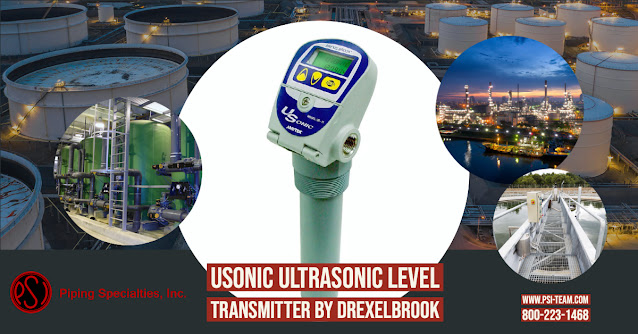Many toxic, corrosive, and reactive chemicals are used in pulp and paper mills in chemical pulping. This incredibly hostile environment requires well-engineered automatic valve systems and durable valve actuators, spring units, and positioners.
Suppose you understand how paper is made and what chemicals are usually used in the atmosphere. In that case, you can instantly understand why special consideration is required for valve and actuator selection.
In the early stage of paper production, digesters combine high heat and a heavy alkaline liquid called "white liquor" to convert wood chips into a pulp during separation from wood chips. White liquor (mainly sodium hydroxide and sodium sulfide), process water, heat, and pressure are used to separate wood chips into lignin and cellulose fibers. The white liquor breaks down the lignin (the substance that binds the wood fiber together) in wood chips. The resulting combination of water and spent white liquor produces "black liquor." This liquid pulp residue mixture made up of lignin and hemicellulose, and inorganic compounds such as sodium hydroxide and sodium sulfide is toxic. Another by-product of this process is Hydrogen Sulfide, a toxic, corrosive, and flammable gas.
Effects on Ball Valves
In piping and ball valves, managing these process chemicals and by-products is difficult. Pipe diameters range from 2"-10", but the most common sizes are 4", 6" and 8." Usually, these processes are ANSI / ASME Class 150 and ANSI / ASME Class 300, the most common end connection being 150 # and 300 #. Process temperatures are usually high, between 250 ° F and 350 ° F. The valve body and end connection materials are generally 316 stainless steel, but you'll also find carbon steel requested. Applications can include manual lever, gear operators, pneumatic actuators, and electrical actuators in valve assemblies.
The most concerning issue is the sticky molasses-like liquor builds upon the ball valve face and contaminates the back seat spaces, inducing strong internal clearance forces, resulting in valve lock-up over long static periods. A superior ball valve seat design from A-T Controls addresses the viscous material problem.
A-T Controls developed a solution for this extreme pulp and paper service and black liquor service with notable improvements to their FMS series. This valve incorporates a "scraper seat" feature that eliminates the molasses-like residue baked on the ball's face and eliminates valve lock-up. The addition of Aflas ® o-rings seal the seat cavity from media build-up, and a Venturi hole in the ball is also provided.
Typical black liquor ball valve from A-T Controls:
- Series: A-T Controls FMS
- Sizes: ½" -8"
- Rating: ANSI/ASME Class 150/Class 300 with 150# and 300# flanges, API 607.
- Ball and Seats: Tungsten Carbide coated metal scraper seats (Aflas® o-rings and Venturi Ball for black liquor service.)
Please consult a Piping Specialties Applications Engineer for material selection for your black liquor application. This information is a guideline, and customers are solely responsible for construction materials, preparation of the valves for service, and lubricants being compatible with their black liquor application.
For a free consultation, call Piping Specialties at 800-223-1468 or visit their website at https://psi-team.com.





